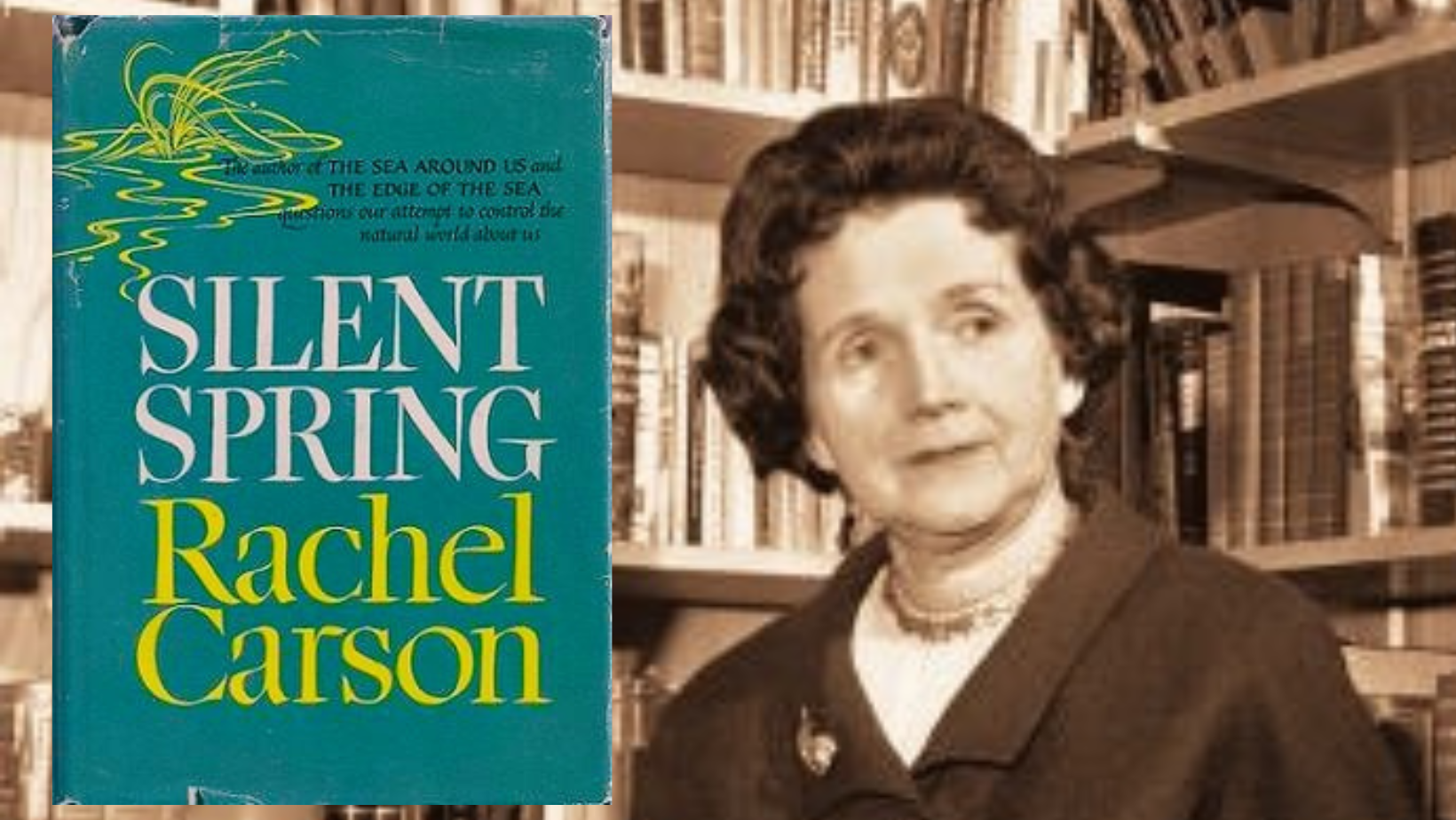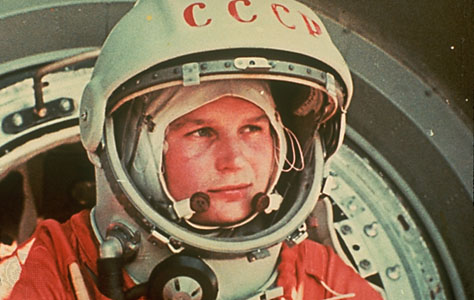Olga Owens Huckins watched the birds falling lifeless all around her property in Massachusetts in January 1958. It was just after the area had been sprayed with DDT from a plane. She wrote to the Boston Herald and sent a copy of her letter to her friend Rachel Carson. Carson was a marine biologist and a best-selling nature writer who was already very concerned about the use of man-made chemicals, especially pesticides, on the natural world.
Carson already had three best-selling non-fiction books: Under the Sea Wind, The Sea Around Us and The Edge of the Sea. She added her friend’s letter to the evidence she was building for her next book.
Continue reading “Sixty years of Silent Spring”

